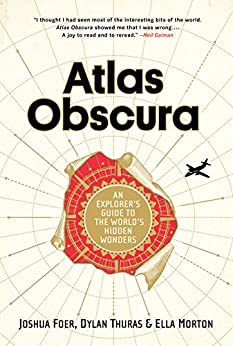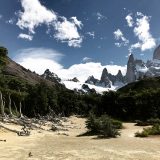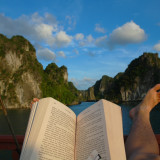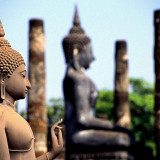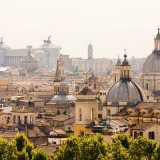A History Lesson in Paradise: Riviera Maya
As you walk through the low-hanging entryway into the grounds of Chichen Itza—one of the largest pre-Columbian cities belonging to the once-mighty Mayan civilization—the feeling of awe is unrivaled.
Dotted with the ruins of ancient Mayan cities, some of which are still being discovered, Riviera Maya, along with the neighbouring Yucatan and Campeche states, is home to national treasures that offer rewarding travel options for the history buff and the adventurer.
Entertainment and Relaxation
I spent a memorable week at the Grand Sunset Princess resort in Playa Del Carmen. It was my first time visiting an all-inclusive resort so I was unsure of what to expect.
From the moment I set foot in the lobby I was delighted by the quality of the service and unusual array of amenities (think free ice cream parlour and a complimentary bottle of Tequila in my room).
During my stay, I was treated to professional dancers and Michael Jackson impersonators between bouts of relaxation under blue skies and palms. On the beach, I could properly forget about the rigours of day-to-day life at home.
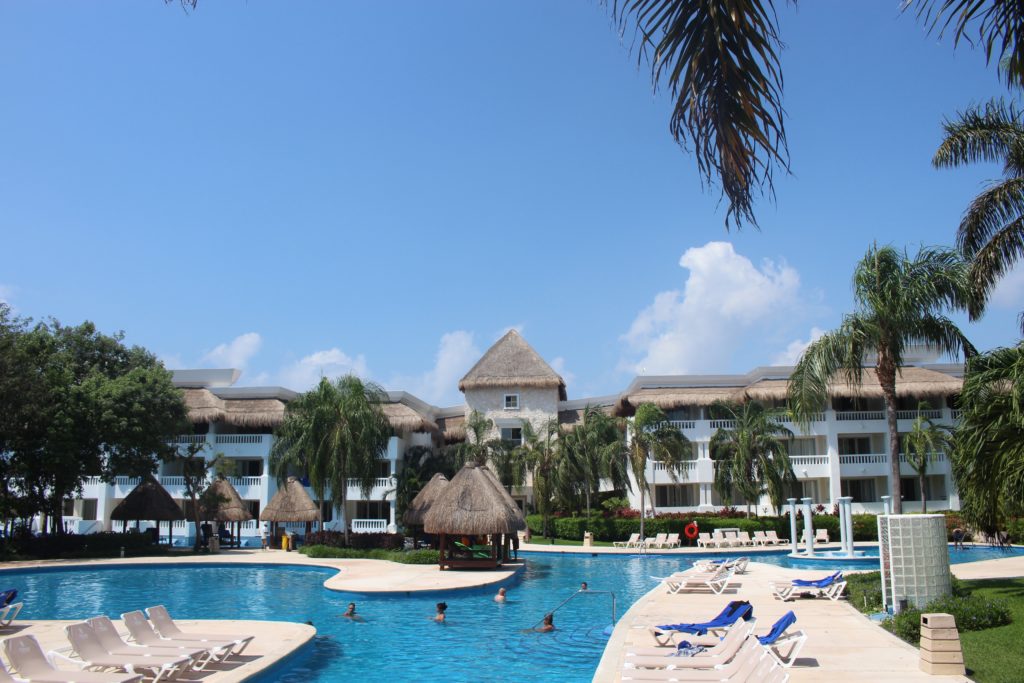
Grand Sunset Princess resort in Playa Del Carmen
History and Architecture
The ruins of the ancient Mayan cities, as well as some of the old Spanish colonial towns are not to be missed by lovers of history, architecture and geology. Visiting Chichen Itza, Tulum and a Spanish colonial town named Valladolid were the highlights of my trip.
Tulum and Chichen Itza are brimming with riveting stories of life, love, and death in the ancient Mayan civilization. As our tour guide wove together these tales of adventure, he shared the meaning behind some of the area’s most prominent structures, such as the step-pyramid El Castillo at Chichen Itza.
El Castillo reveals the Mayan’s deep knowledge of architecture and astronomy. The structure was aligned so the light of the setting sun creates a series of shadows down the north side of the pyramid on the spring and fall equinoxes. These triangular shadows merge with the carved head of a serpent at the pyramid’s base, creating what looks like the body of the creature. As the light shifts, the serpent—a symbol of Mayan mythology—slithers down the pyramid toward the sacred cenote, a natural sinkhole the Maya believed to be an opening to the Underworld.

Chichen Itza
Visiting Valladolid in the Yucatan was like stepping back into the 16th century when the nephew of Conquistador Francisco de Montejo—inspired by the Spanish city of the same name—established the city. Just 40 minutes by car from Chichen Itza, Valladolid is well worth the extra drive.
Located near the city centre is Cenote Zaci, a cenote or water-filled sinkhole that gives an impressive look into the geological makeup of the region. But perhaps the most captivating aspect of Valladolid is the colonial Spanish architecture, typified in the sprawling Catedral de San Gervasio built in the 16th century.
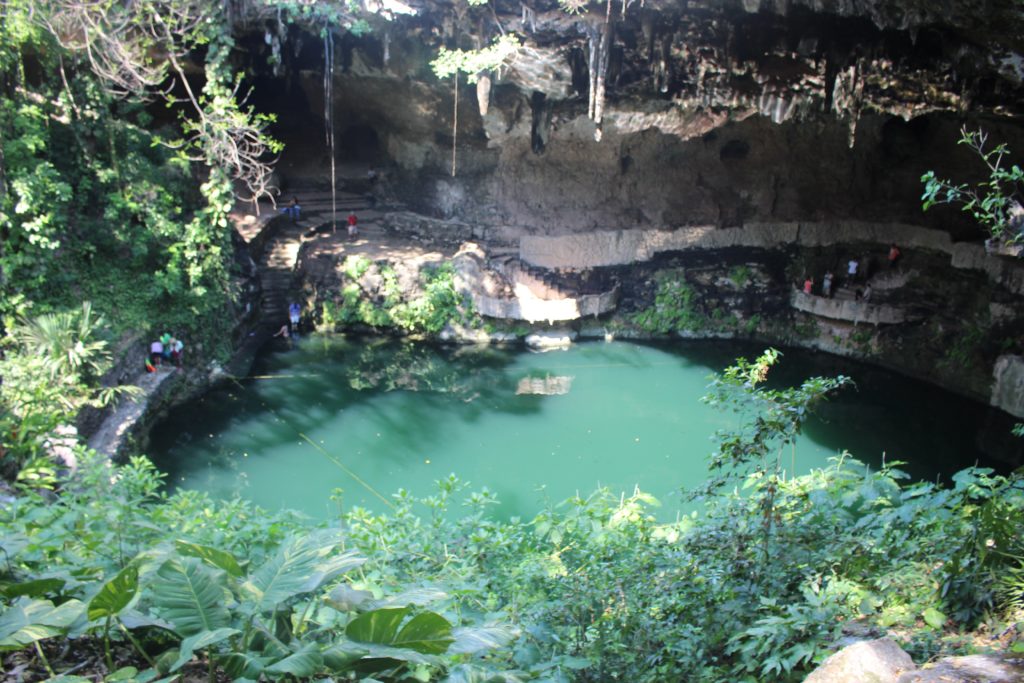
Cenote Zaci
Activities and Adventures
For a bit of outdoor eco-adventuring, water babies will flock to Xel-Ha on the Caribbean coast of Quitana Roo, an aquatic theme park and ecotourism spot. Here you can swim with dolphins and manatees. Similarly, Xcaret offers outdoor adventure activities originating from local cultural and historical traditions, such as an ancient Mayan ball game called Pitz. The nearby Isla Mujares—which translates to “Woman Island”—is perfect for a relaxing afternoon.
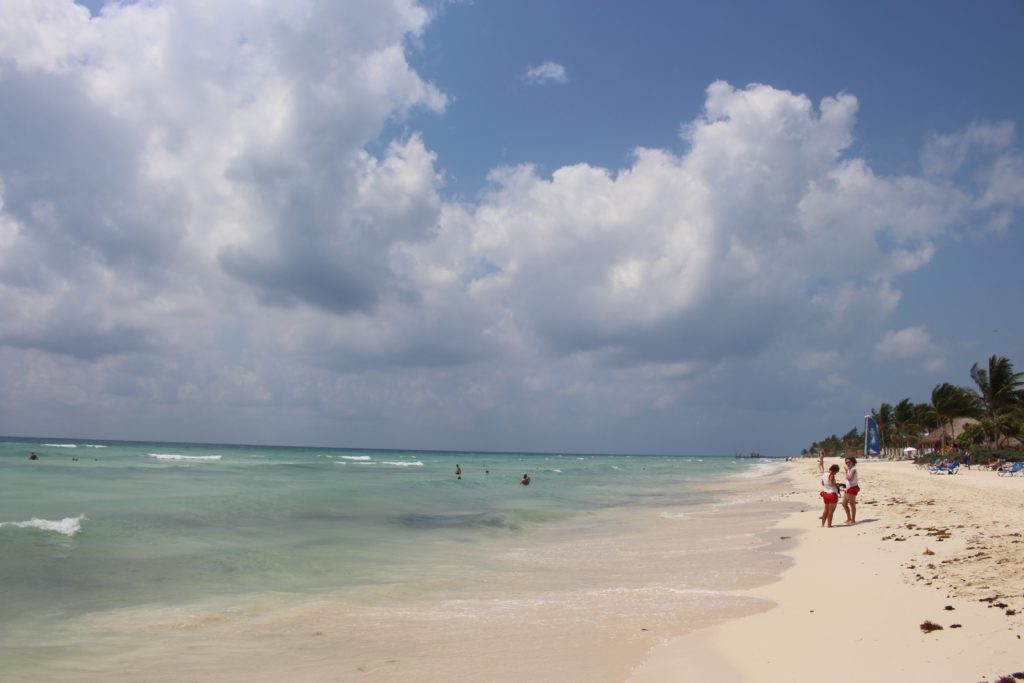
Riviera Maya
The Riviera Maya and surrounding region offer a wonderful blend of relaxation, adventure tourism, history, culture and architecture. Further, the resort’s laid-back vibe was a perfect compliment to long days of exploring. This trip changed my assumptions about what an all-inclusive vacation could be. The best part is there’s plenty more to see next time!
Griffith Hawkins
Latest posts by Griffith Hawkins (see all)
- A History Lesson in Paradise: Riviera Maya - August 16, 2016
- An Unforgettable Journey From Tuk Tuks to Tigers in Thailand - June 23, 2015
- A Journey to the Heart of Siberia - March 10, 2015

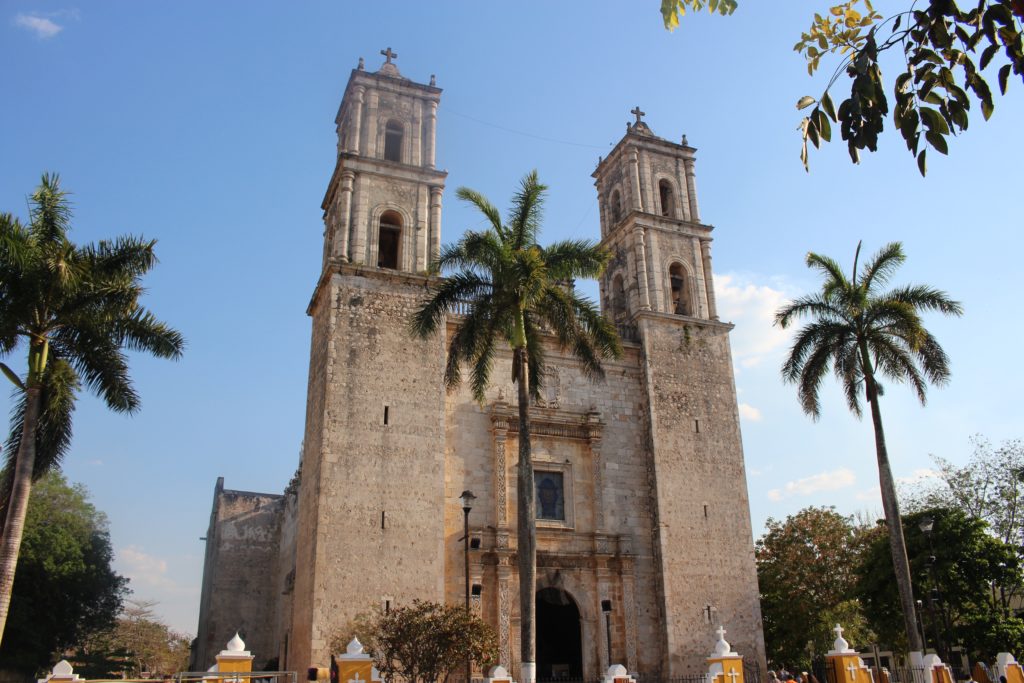


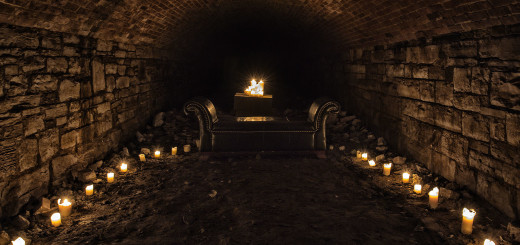


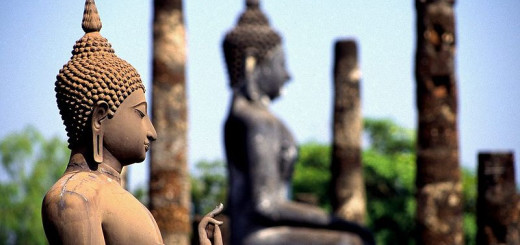

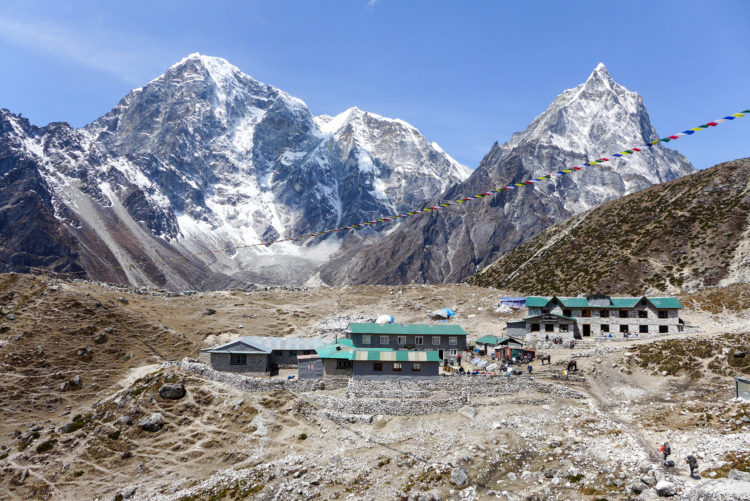 Almost all the tea houses in
Almost all the tea houses in 
